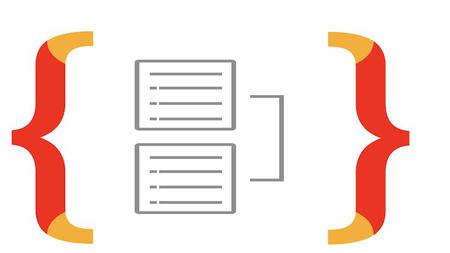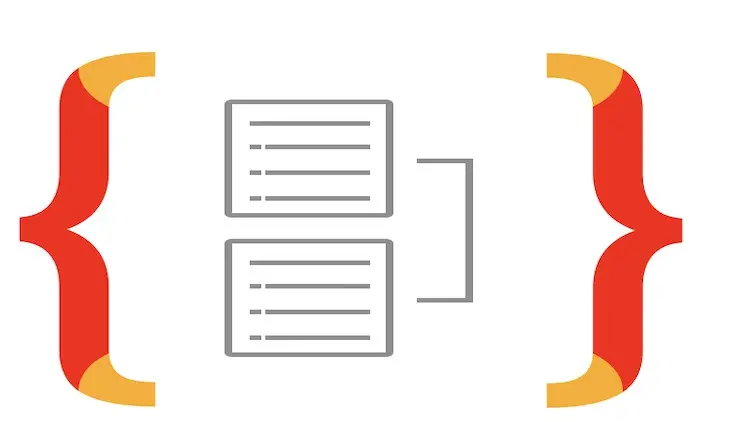TypeORM for Node.js developers
Last updated 2023-01-27
Duration: 03:24:21 | .MP4 1280x720, 30 fps(r) | AAC, 44100 Hz, 2ch | 1.96 GB
Genre: eLearning | Language: English
Last updated 2023-01-27
Duration: 03:24:21 | .MP4 1280x720, 30 fps(r) | AAC, 44100 Hz, 2ch | 1.96 GB
Genre: eLearning | Language: English
Step by step guide to master TypeORM fundamentals
What you'll learn
TypeORM Entities
Creating SQL Tables by writing Javascript objects
Benefits of ORM
How to use ORM with Nodejs and Express
How to use Postgres efficently
Add One to One, One to Many, Many to Many Relations between Entities
Build Rest APIs with Express, Postgres and TypeORM
Connecting any Database with TypeORM
Requirements
You must be a Nodejs developer
You must have basic experience in Expressjs
Description
TypeORM is an ORM that can run in NodeJS, Browser, Cordova, PhoneGap, Ionic, React Native, NativeScript, Expo, and Electron platforms and can be used with TypeScript and JavaScript (ES5, ES6, ES7, ES8). Its goal is to always support the latest JavaScript features and provide additional features that help you to develop any kind of application that uses databases - from small applications with a few tables to large scale enterprise applications with multiple databases.
TypeORM supports both Active Record and Data Mapper patterns, unlike all other JavaScript ORMs currently in existence, which means you can write high quality, loosely coupled, scalable, maintainable applications the most productive way.
TypeORM is highly influenced by other ORMs, such as Hibernate, Doctrine and Entity Framework.
Features
Supports both DataMapper and ActiveRecord (your choice).
Entities and columns.
Database-specific column types.
Entity manager.
Repositories and custom repositories.
Clean object relational model.
Associations (relations).
Eager and lazy relations.
Uni-directional, bi-directional and self-referenced relations.
Supports multiple inheritance patterns.
Cascades.
Indices.
Transactions.
Migrations and automatic migrations generation.
Connection pooling.
Replication.
Using multiple database instances.
Working with multiple databases types.
Cross-database and cross-schema queries.
Elegant-syntax, flexible and powerful QueryBuilder.
Left and inner joins.
Proper pagination for queries using joins.
Query caching.
Streaming raw results.
Logging.
Listeners and subscribers (hooks).
Supports closure table pattern.
Schema declaration in models or separate configuration files.
Connection configuration in json / xml / yml / env formats.
Supports MySQL / MariaDB / Postgres / CockroachDB / SQLite / Microsoft SQL Server / Oracle / SAP Hana / sql.js.
Supports MongoDB NoSQL database.
Works in NodeJS / Browser / Ionic / Cordova / React Native / NativeScript / Expo / Electron platforms.
TypeScript and JavaScript support.
ESM and CommonJS support.
Produced code is performant, flexible, clean and maintainable.
Follows all possible best practices.
CLI.
Who this course is for:
Nodejs developers who want to learn how to use Database in Node Applications
More Info



